How to Start a Garden
Upon receipt of your package or box, be sure to open immediately and check the contents. These products are perishable and care should be taken to ensure their future viability.
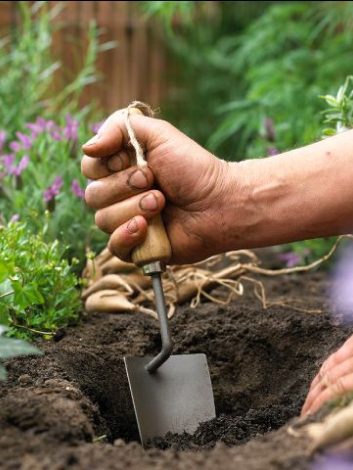
Choose Planting Site
Take into consideration sun, moisture, and drainage requirements (and the labor needed to ensure these vital components) when deciding where to plant. Often, putting solid effort into preparing your planting area will bring you the most rewards. Planting sites for both seeds and bulbs usually need similar conditions: moist, well-draining, weed- and rock-free soil, and at least six to eight hours of sunlight a day.
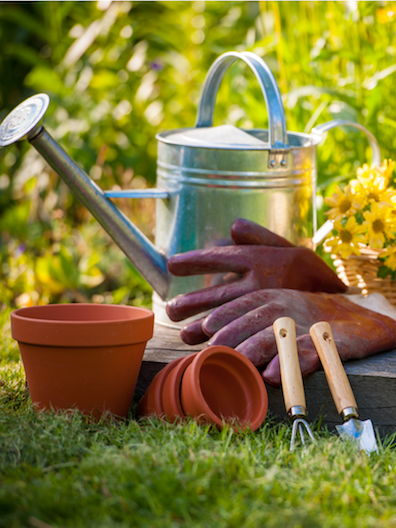
When to Plant
Seeds and bulbs can be successfully planted at various times throughout the growing season. Spring is the most common and conventional time of year to plant annuals, but successful results can occur from planting in summer and fall as well. Your USDA growing zone will dictate the best times to plant. For fall planting, ensure a few hard frosts have passed so your seed doesn’t germinate until spring.
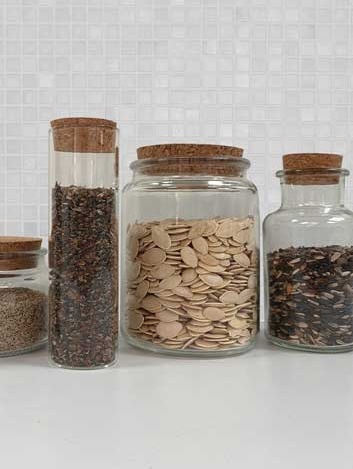
Storing Seeds
Store your seeds in a cool, dry, and dark location. Most seeds have a long shelf life, but heat and moisture will cut that life short. Dedicate a drawer or cabinet to storing your seeds where you can also house your gardening journal close at hand for dreaming, planning, and preparing.
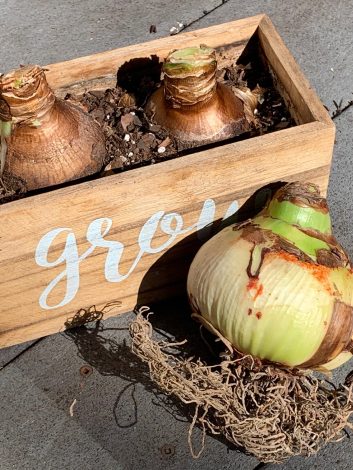
Storing Bulbs
Check that all bulbs are in good planting condition. Perishable bulbs are not intended to be kept in the box for a long period of time. Upon initial inspection, they should be firm and healthy-looking. Some surface mold is natural and acceptable. Contact us if any of your bulbs seem unusually soft or damaged.
Gardening 101
-
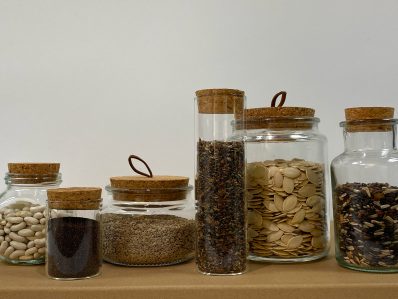
Seed Preparation
Let’s break down the various types of seed preparation. Don’t worry, each product we carry will be clearly labeled if any of these processes is required.
-
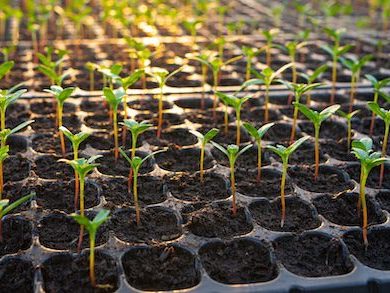
Starting Seeds Indoors
Even while there are frosts outside, your sensitive plants can be grown inside with just a bit of work. So, if you want to lengthen your gardening season, here’s what you do!
-
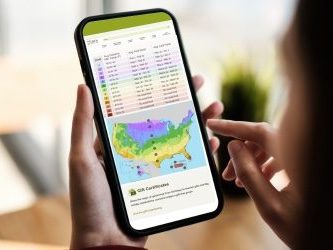
Hardiness Zones Explained
If you’re a beginner gardener, some of the lingo associated with planting seeds and bulbs can be like learning a new language.
-
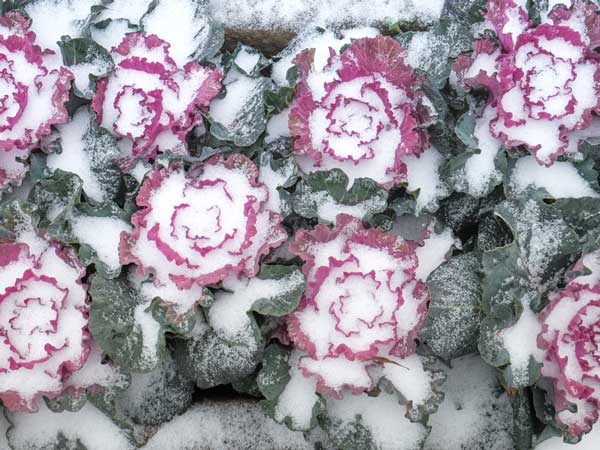
Frost Dates Explained
An area’s frost date refers to the average date of the last frost in spring or the first frost in fall or winter.
Planting Guides
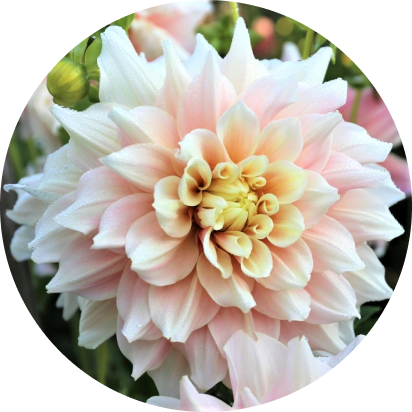
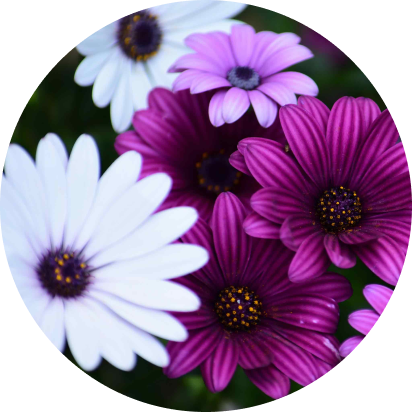
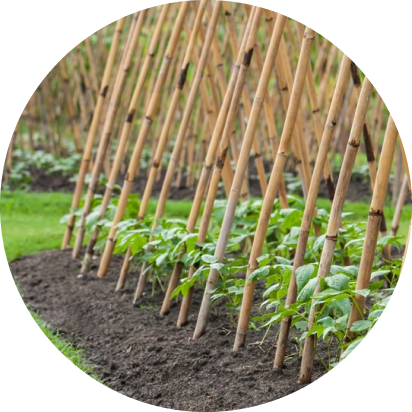
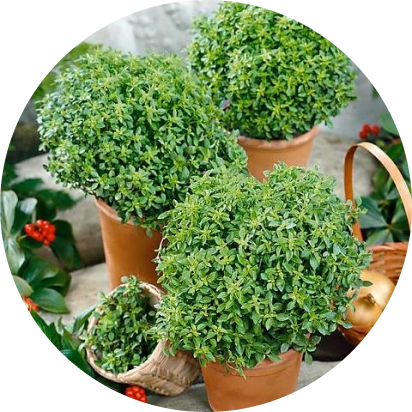
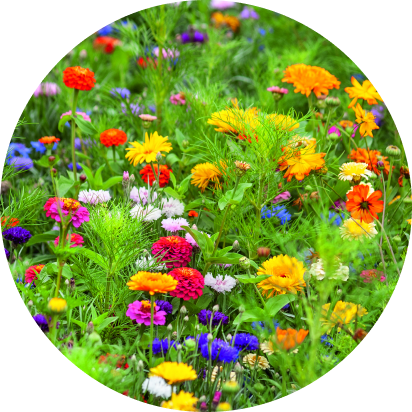
Gardening Tips & Tricks
-
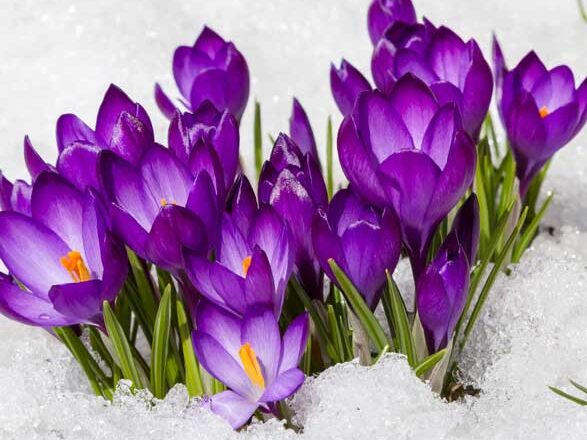
Fall Bulbs for Early Spring Blooms
Plant in fall for a stunning early spring show! Meet the underrated heroes of fall-planted flower bulbs: Crocus, Hyacinth, and Muscari.
-
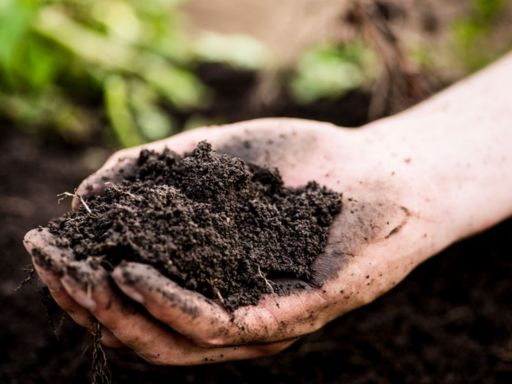
Perk Up Your Plants! How to Use Coffee Grounds in the Garden
Don’t toss your used coffee grounds—turn them into garden gold! Rich in nitrogen and other essential minerals, coffee grounds can boost soil health, attract beneficial worms, and even help deter pests naturally.
-
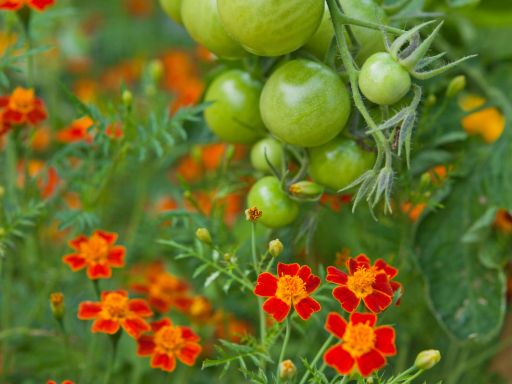
Top 5 Companion Planting Pairs
Companion planting is a natural gardening technique where certain plants are grown together to benefit each other, whether by enhancing growth, repelling pests, or improving soil health. By strategically pairing compatible plants, gardeners can create a more resilient and sustainable garden ecosystem.
-
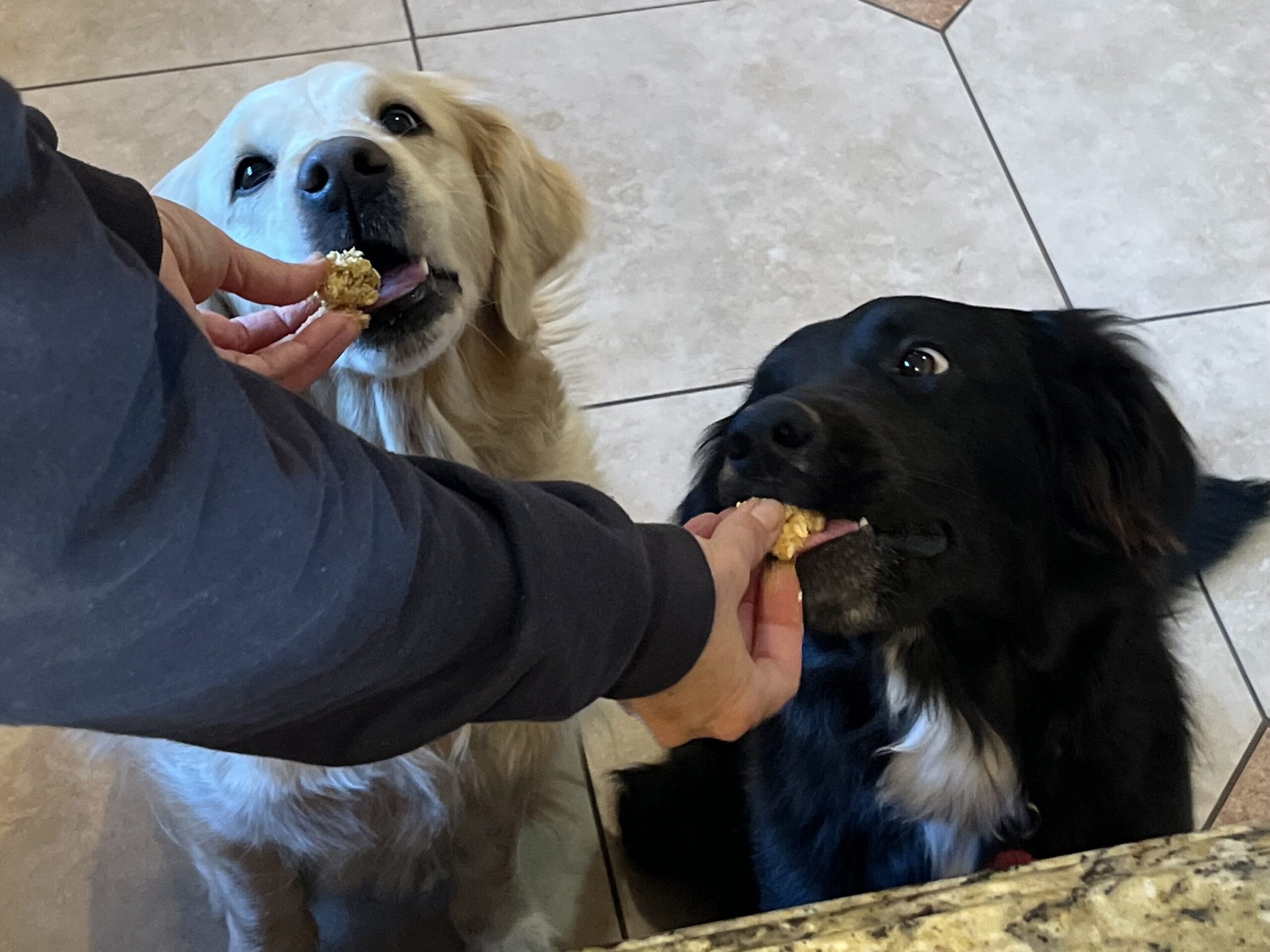
No Bake Pumpkin Oatmeal Dog Treats: A Garden-to-Bowl Delight
If you’re a gardener and a dog lover, there’s nothing more satisfying than using your homegrown pumpkins to create healthy, homemade treats for your furry friends.